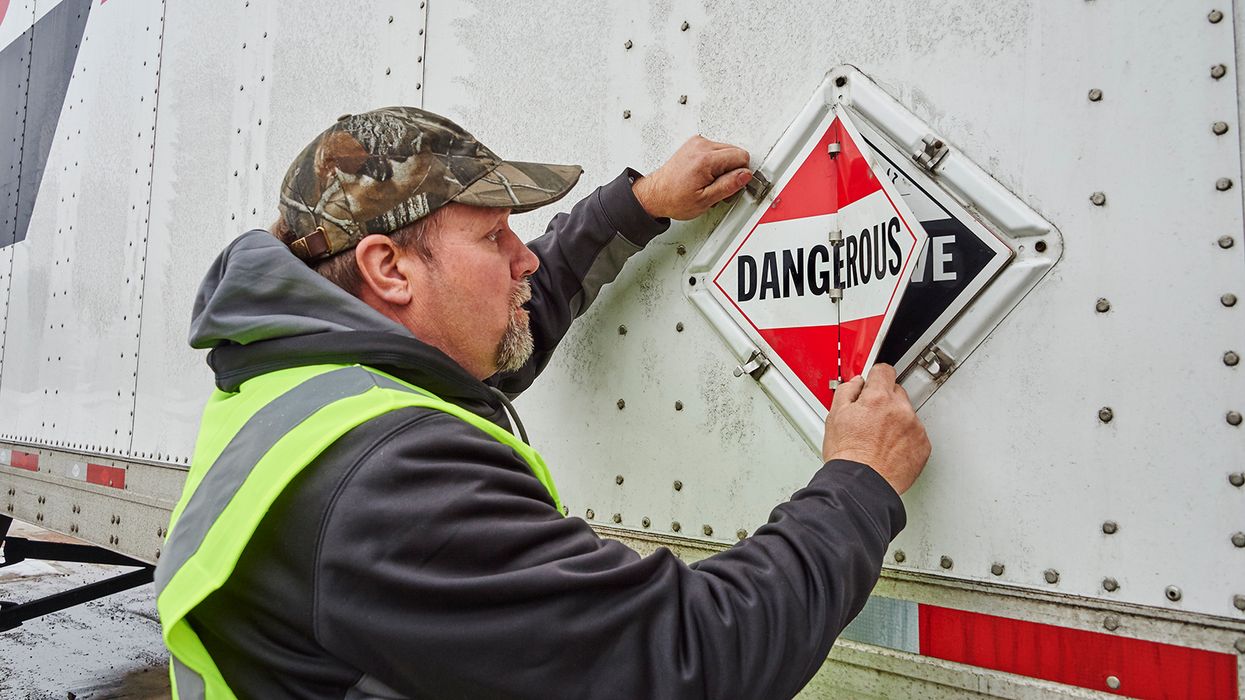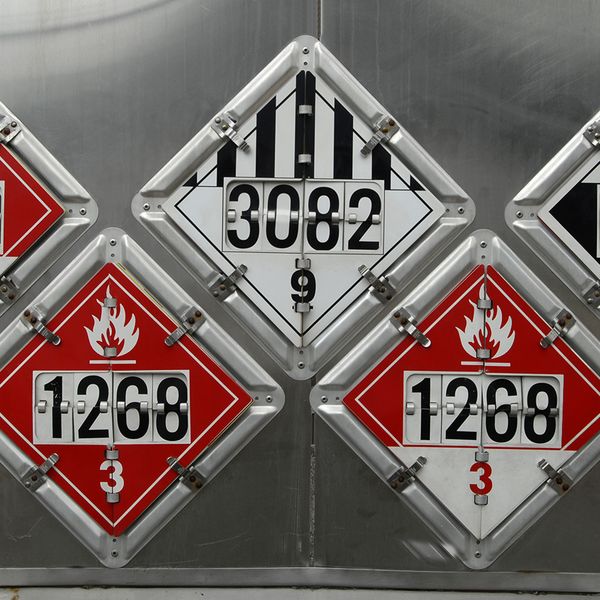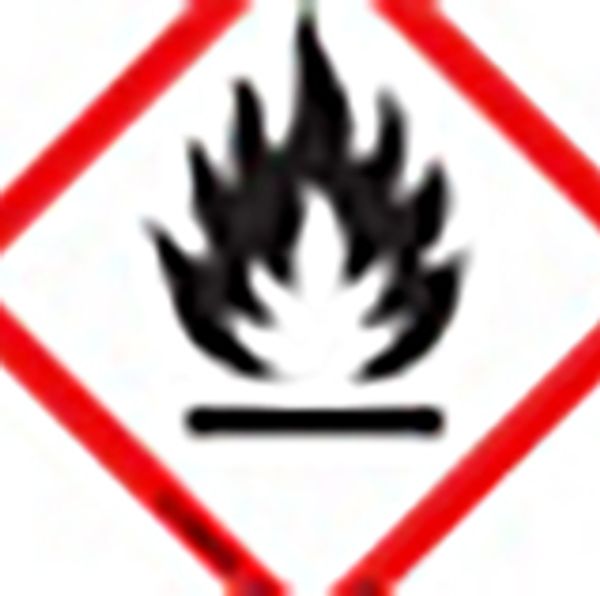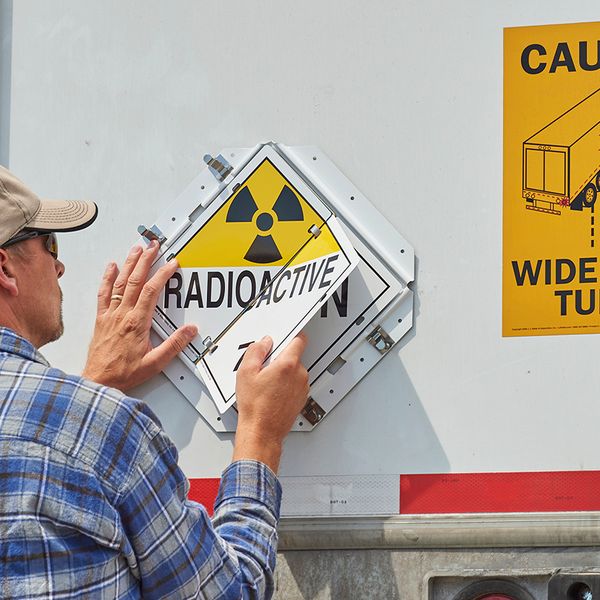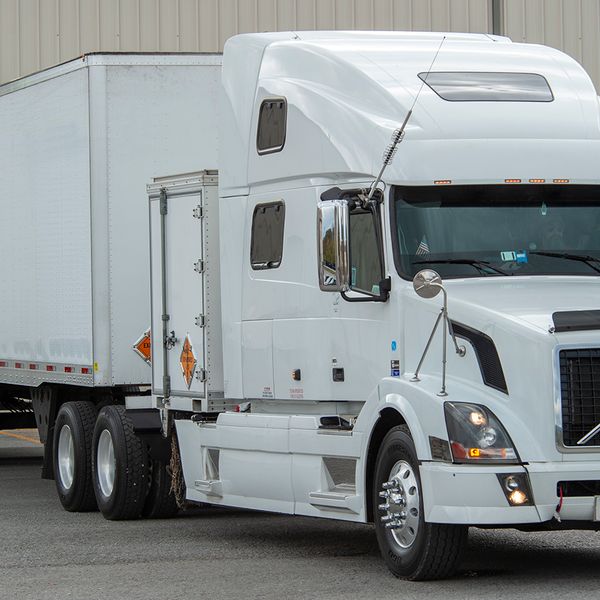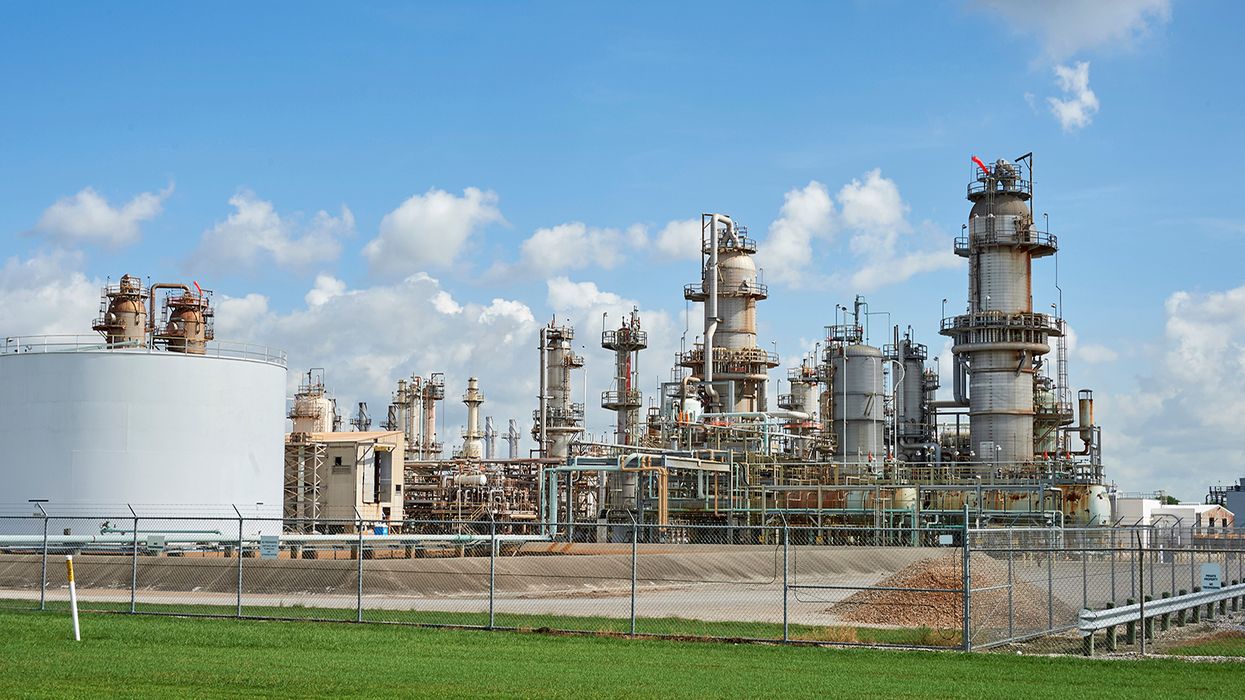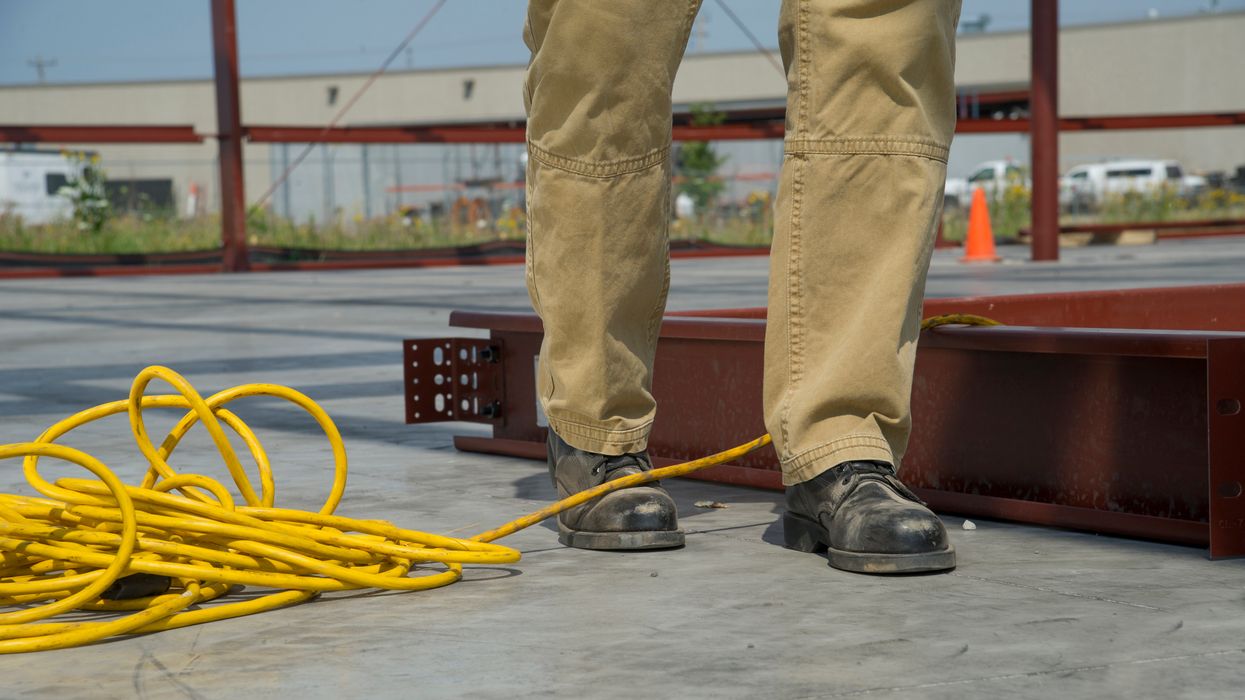Navigating hazmat regulations: The role of subsidiary placards
Hazardous materials regulations can be a maze but understanding how subsidiary placards fit into the puzzle can lead to safer and more compliant hazmat shipments. Placards are vital visual indicators when transporting hazardous materials, providing essential information about the nature of hazardous materials within a container.
These placards play a critical role in ensuring the safety of transportation personnel, first responders, and the environment. When you have multiple hazards for a material that require placards, which ones must be displayed?
Primary versus secondary hazards
Placards can be used to communicate two types of hazards: primary and subsidiary:
- Primary placards are used to indicate the primary hazard of the material.
- Subsidiary hazards indicate additional, or secondary hazards of the material.
Primary placards are required on all sides of a transport vehicle or container, and they denote the primary hazard class of the material being shipped. They convey the most significant danger associated with the hazardous material.
Subsidiary placards are used to provide additional information about the secondary hazards of the material. Subsidiary placards help convey specific risks related to the material that might not be fully covered by the primary placard.
When to display a subsidiary placard
Typically, only the primary hazard placards are displayed. However, there are specific conditions listed in 172.505, that require the subsidiary hazard to be displayed:
- If a transport vehicle, freight container, portable tank, unit load device, or rail car contains a poisonous material subject to the Poison Inhalation Hazard shipping description in 172.203(m), it must be placarded with a POISON INHALATION HAZARD or POISON GAS placard, as appropriate, on each side and each end, in addition to any other placard required for that material.
- In addition to the RADIOACTIVE placard which may be required by 172.504(e), each transport vehicle, portable tank, or freight container that contains 1,001 pounds or more gross weight of non-fissile, fissile-excepted, or fissile uranium hexafluoride must be placarded with a CORROSIVE placard and a POISON placard on each side and each end.
- Each transport vehicle, portable tank, freight container, or unit load device that contains a material which has a subsidiary hazard of being dangerous when wet must be placarded with DANGEROUS WHEN WET placards, on each side and each end, in addition to the placards required by 172.504.
If the material has a subsidiary hazard and does not meet any one of the three criteria listed above, then displaying a subsidiary hazard placard is allowable, but not required. If you use a subsidiary placard, then you must also display the primary placard.
Key to remember: Properly using subsidiary placards will make it safer in the event of an incident and it will keep your drivers in compliance during a roadside inspection.

